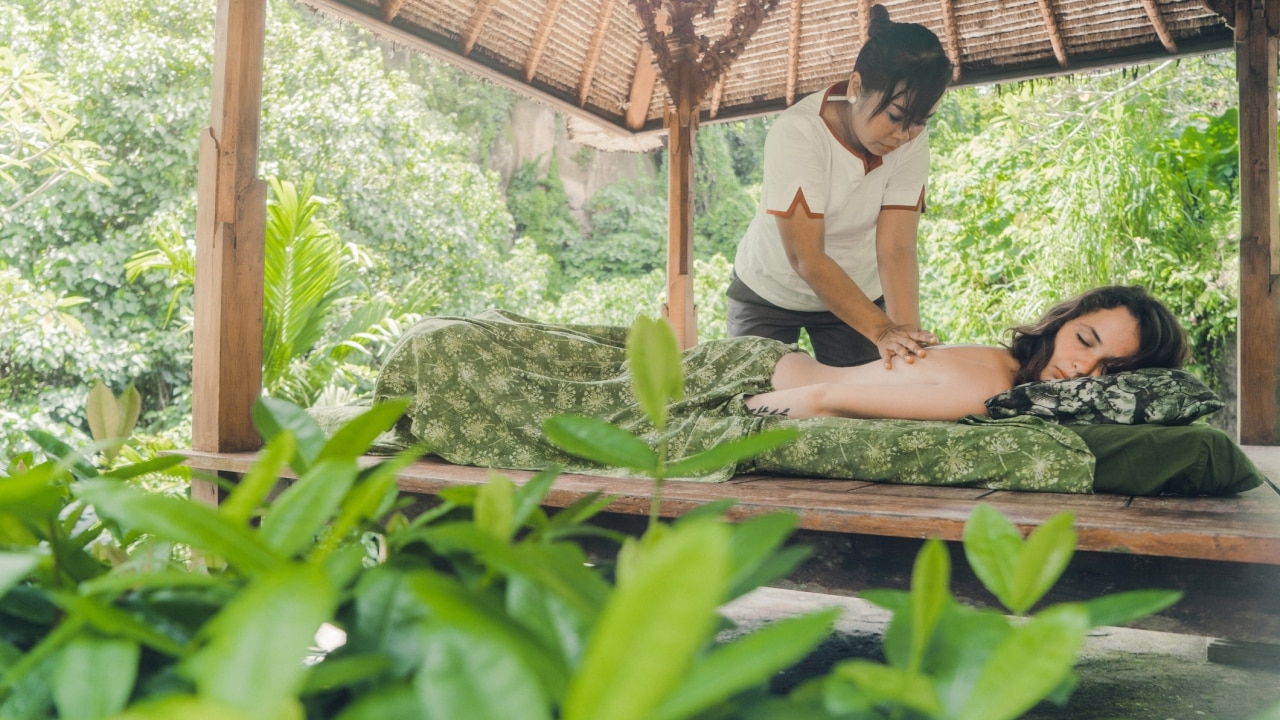Reflexology, an old healing technique that has stood the test of time, proceeds to astound the minds and soles of people worldwide. This all natural therapy is based upon the principle that details factors on the feet, ears, and hands match to various organs and systems within the body. By applying stress to these factors, specialists intend to promote healing, eliminate anxiety, and restore equilibrium to the body.
The Origins of Reflexology
While the specific beginnings of reflexology are discussed, proof recommends that comparable methods have actually existed for thousands of years across different cultures. JKリフレどっとこむ portray what seems foot massages, while conventional Chinese medication has actually long acknowledged the interconnectedness of various body parts. The modern practice of reflexology, nevertheless, was established in the early 20th century by Dr. William Fitzgerald and later fine-tuned by Eunice Ingham, commonly referred to as the “mother of reflexology.”
Just How Reflexology Works
The essential idea behind reflexology is that the body is separated right into 10 vertical areas, each representing various organs and body components. By applying stress to certain points within these areas, reflexologists believe they can influence the corresponding locations of the body. The pointers of the toes are assumed to match to the head, while the ball of the foot is connected with the breast and lung location.
Possible Benefits of Reflexology
Advocates of reflexology declare a vast array of advantages, including:
Stress and anxiety decrease and relaxation
Boosted flow
Boosted immune system function
Discomfort relief, especially for headaches and migraines
Improved rest top quality
Reduction of digestive system concerns
While clinical study on reflexology is ongoing, several people report significant enhancements in their total well-being after receiving therapies. It’s crucial to note that reflexology is usually thought about a complementary treatment and must not change standard healthcare.
What to Expect During a Reflexology Session
A normal reflexology session lasts between 30 to 60 minutes. The practitioner will typically begin by discussing your health and wellness background and any type of present problems. You’ll after that be asked to remove your shoes and socks and sit easily or lie down. The reflexologist will certainly begin by examining your feet prior to using stress to specific factors. The stress can vary from mild to firm, depending upon your preference and the specialist’s method.
Self-Reflexology Techniques
While professional sessions can be advantageous, you can likewise exercise some standard reflexology techniques in the house. Here are a few simple workouts to try:
Foot rolling: Roll a tennis sphere or specialized reflexology round under your foot for a few mins each day.
Thumb walking: Use your thumb to “walk” along the soles of your feet, applying pressure as you go.
Hand reflexology: Apply stress to the center of your palm utilizing your thumb from the contrary hand.
Incorporating Reflexology into Your Wellness Routine
Just like any kind of brand-new health practice, it’s necessary to approach reflexology with an open mind and reasonable assumptions. While it may not be a cure-all, numerous locate that normal reflexology sessions or self-practice can be a valuable addition to their general wellness regimen. Whether you’re seeking stress alleviation, pain administration, or just a minute of relaxation, reflexology offers a distinct approach to nurturing your mind and body.
Keep in mind, if you have any health problems or are expecting, it’s always best to seek advice from your doctor before beginning any brand-new therapy, including reflexology. With its gentle technique and capacity for advertising overall health, reflexology proceeds to be a preferred option for those looking for a natural, holistic technique to health and wellness.
While the precise beginnings of reflexology are debated, evidence suggests that similar methods have existed for thousands of years across various cultures. The modern-day technique of reflexology, however, was developed in the very early 20th century by Dr. William Fitzgerald and later refined by Eunice Ingham, typically referred to as the “mommy of reflexology.”
The basic concept behind reflexology is that the body is divided right into ten upright zones, each matching to various organs and body components. As with any kind of new health and wellness practice, it’s essential to come close to reflexology with an open mind and reasonable expectations. Whether you’re looking for tension relief, discomfort administration, or merely a moment of relaxation, reflexology provides an one-of-a-kind strategy to nurturing your body and mind.
DIY Reflexology at Home: Simple Tips and Tricks
Categories:
